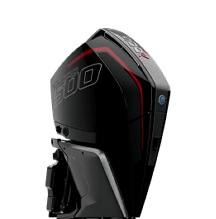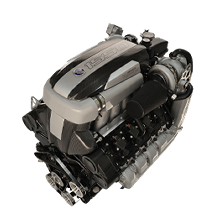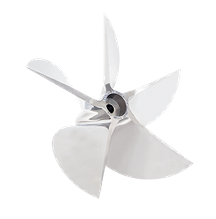Mercury Racing Blog
Prop School – Part 1: Introduction
Tue Aug 21 13:30:00 CDT 2018


When working with high-end performance boats and experienced customers, one tends to assume people have basic product knowledge. However, a propeller is complicated. Because our backgrounds vary widely, our levels of understanding vary widely, too. So, we’ll revisit the basics and then dive deeper on propeller form, fit and function.
Back in the 1980s, Quicksilver Accessories published a book entitled, Everything You Need to Know About Propellers. It was a bible for folks like me who were learning about a very complicated and critical component that is used in diverse applications and environments. Much of the information I will be sharing is from the fifth edition of this knowledge guide.
The guide includes some interesting history on the development of propellers.
Prop Terminology.
Anyone who has shopped for a propeller has been exposed to terms describing the various design functions. I remember when props evolved from two to three blade designs. And when replacing the prop on the family runabout, all you needed to know was the diameter and pitch.
In the go-fast world of performance boating, diameter and pitch are important, but many other factors come into consideration as well. Its all about efficiency. Diameter, pitch, rake, cup, rotation, number of blades, blade thickness, blade contour, skew, ventilation, cavitation, elevation, and angle of attack all come into play when propping a boat for maximum performance and efficiency.
I’ll get deeper into these facets of propeller design that affect boat performance in my next post, Prop School – Part 2: Terminology.



